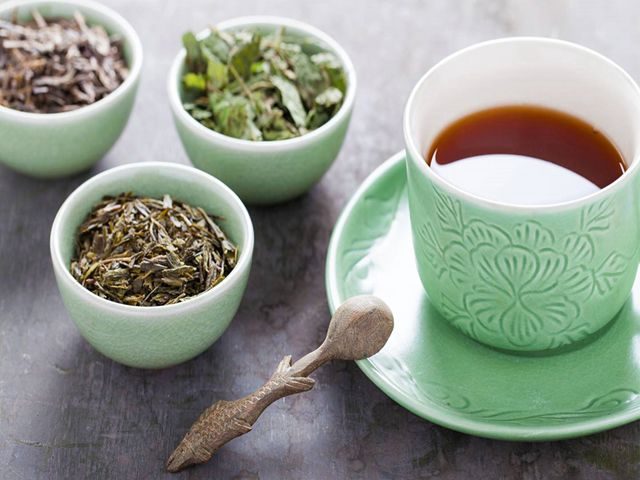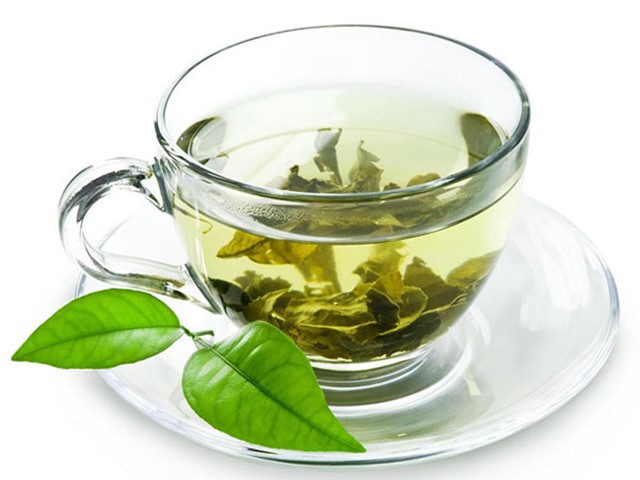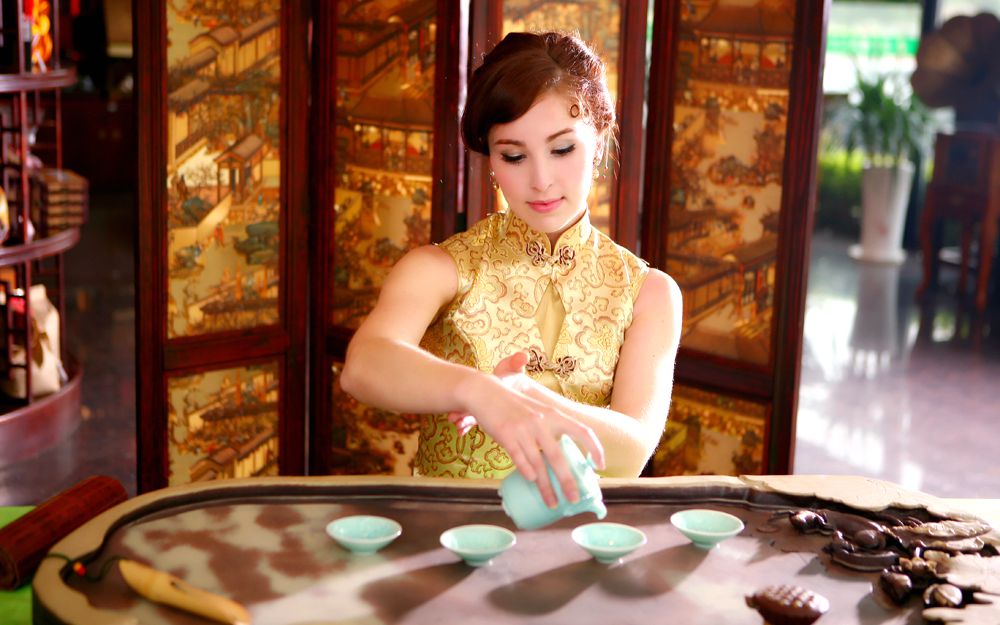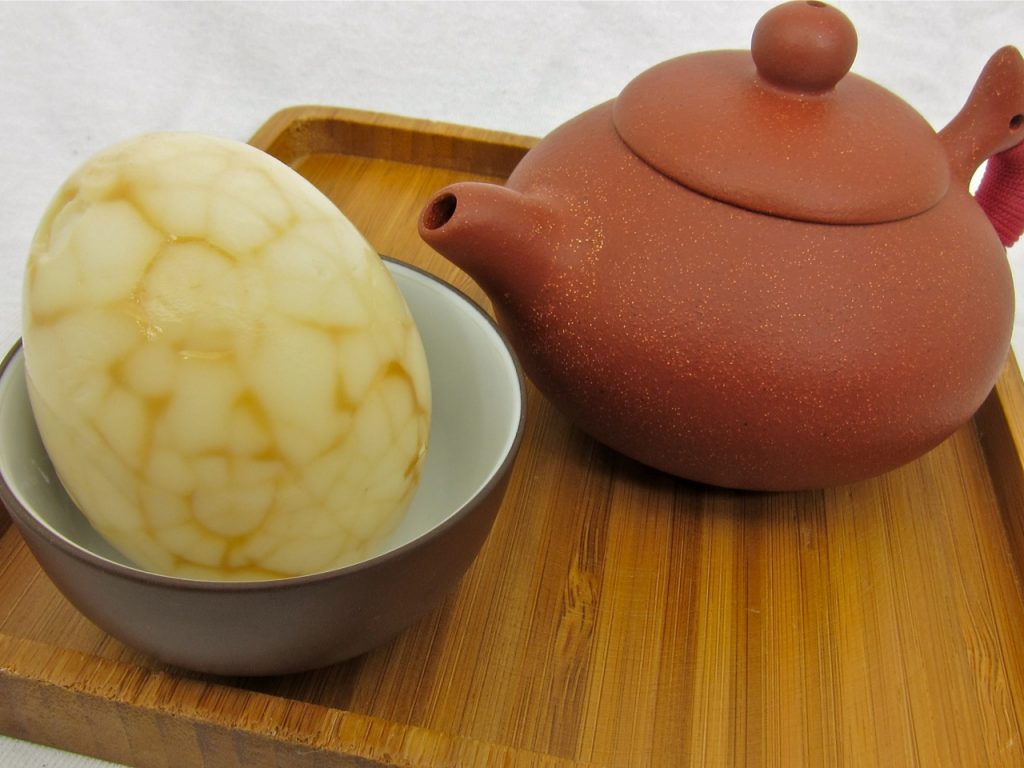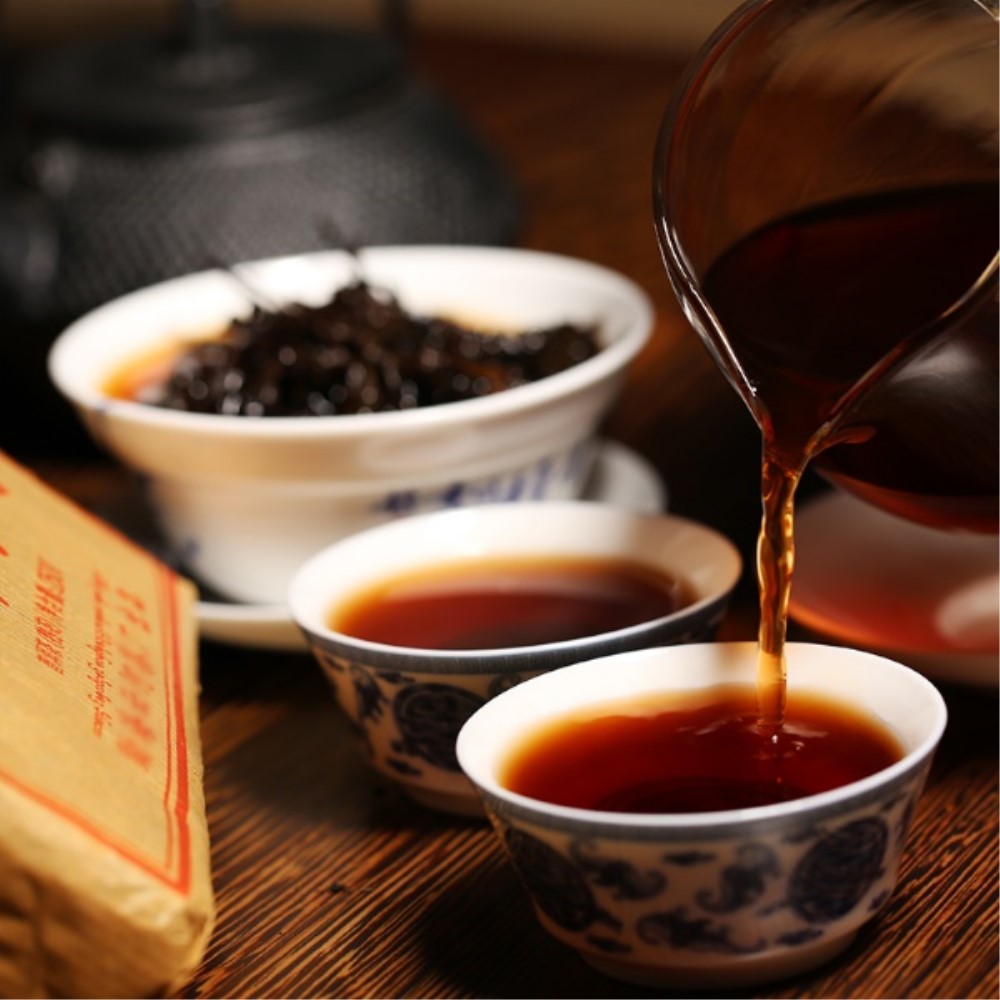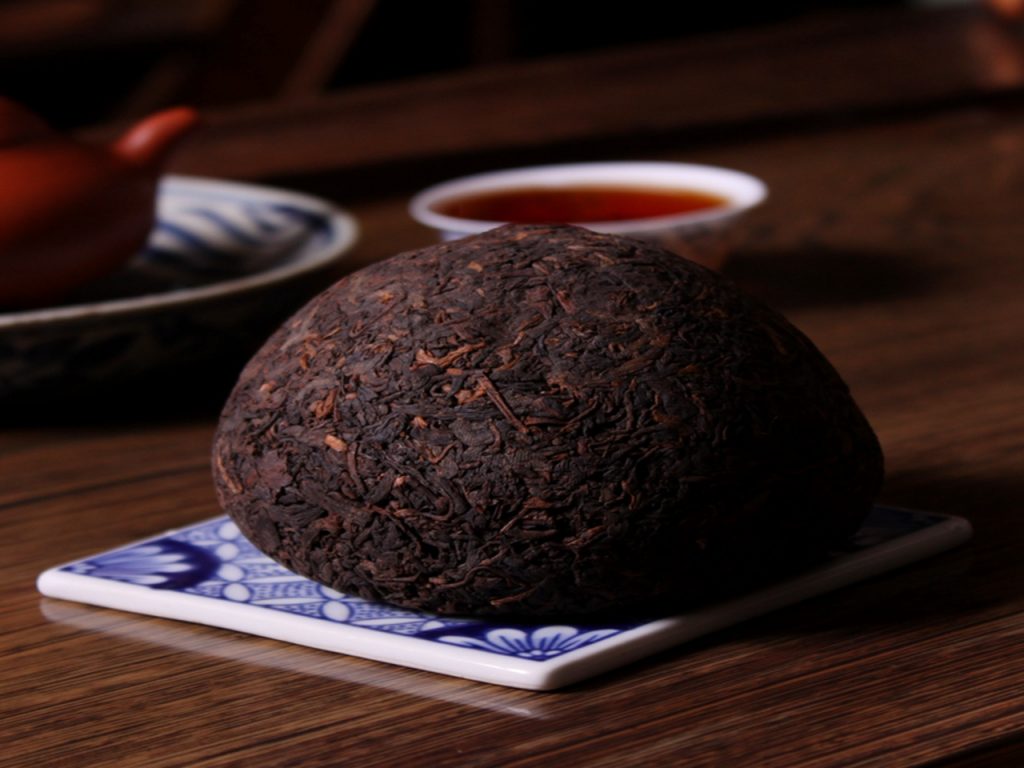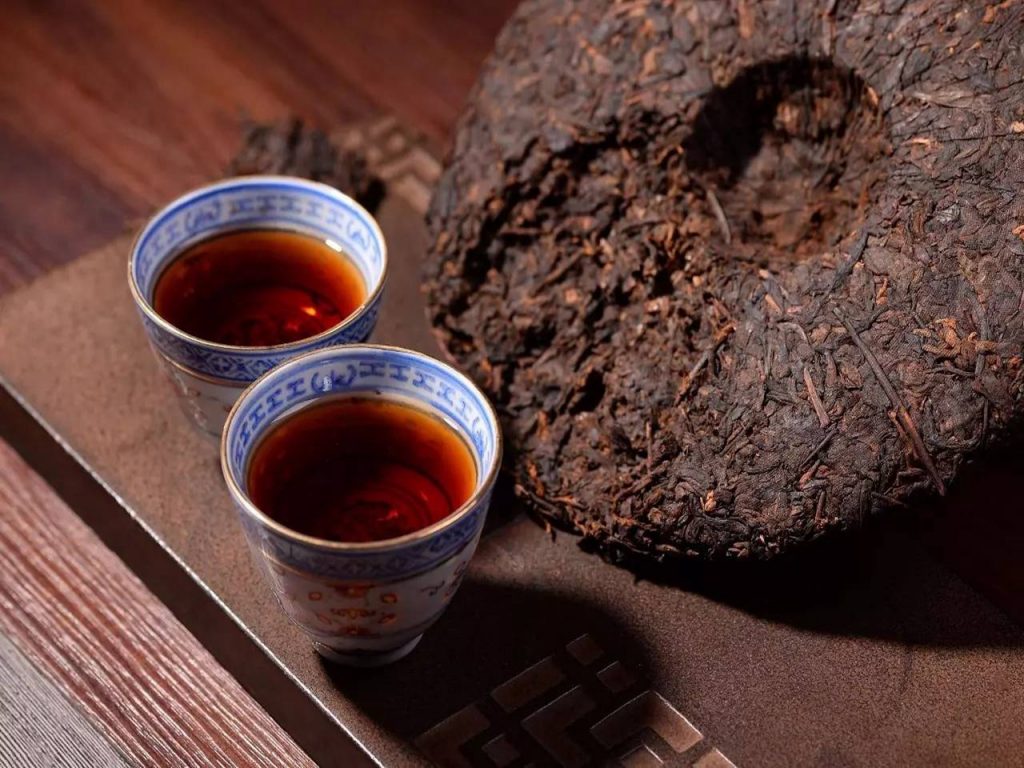How many types of Chinese tea ?
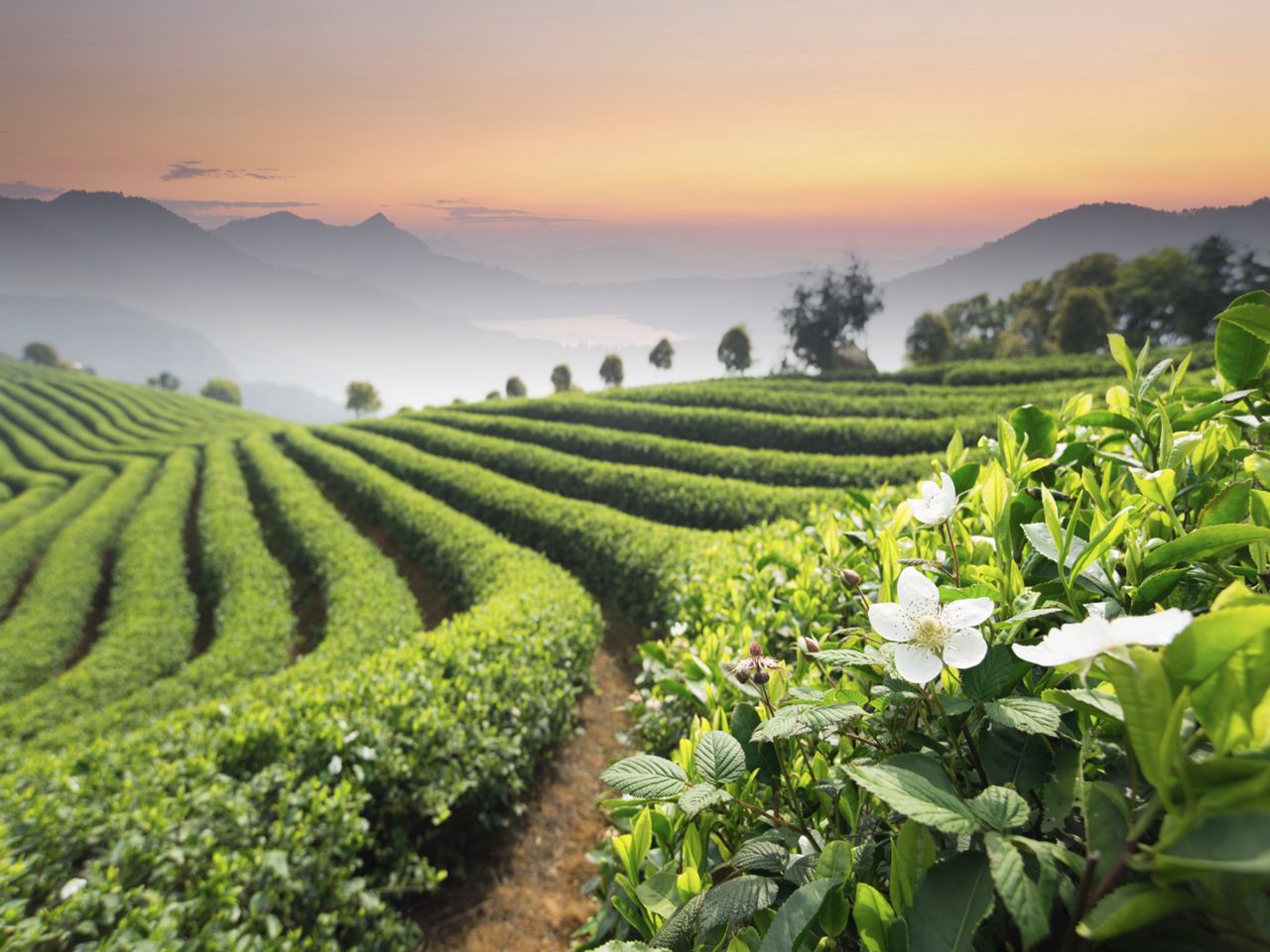
Different tea have different tasted
This is a guide to the different types of Chinese tea.There are a lot of ways to classify teas. But, usually it is categorized into four basic types namely; Black, Green, Oolong and White depending on their processing method, color and their taste after the infusion.
Six types of Chinese tea >>>
1.White Tea
White tea, called baicha(白茶) in Chinese Tea, is a type of tea that is produced by letting the leaves wither and wilt, then drying them. Unlike green tea, white tea is not heated to kill the enzymes that cause oxidation. Although this means that white tea is less processed than green tea, the lack of heating allows some oxidation to occur, creating a slightly darker color than most green teas, and less of the vibrant green color.
2. Yellow Tea
Yellow tea (Chinese: 黃茶; pinyin: huángchá) usually implies a special tea processed similarly to green tea, but with a slower drying phase, where the damp tea leaves are allowed to sit and yellow. The tea generally has a very yellow-green appearance and a smell different from both white tea and green tea. The smell is sometimes mistaken for black if the tea is cured with other herbs, but similarities in taste can still be drawn between yellow, green and white teas.
3.Oolong Tea
Oolong tea, which is fermented properly when made, makes the leaves slightly red, and is a kind of semi-fermented tea between red green tea. Oolong tea is the most complicated and time-consuming in the six major types of tea, and the bubble method is also the most stressful, so drinking oolong tea is also known as drinking kungfu tea (Chá chinês ) . It has both fresh and concentrated black tea. Because the middle of the leaves is green, the edge of the leaves is red, so it is called “green leaf red trim”. The valuable varieties are: Beiyuan Royal Tea, Dwarf Oolong, Wuyi Rock Tea, Tieguanyin, Phoenix Single Cong, Taiwan Oolong Tea .
4.Black Tea
Chá preto has a thick and robust taste and blends easily with other flavors to create a rich and exquisite taste. Black tea retains its flavor for several years and is generally stronger in flavor and contains more caffeine than the other types of teas. Black tea is a symbol of Chinese tea
5.Dark Tea
Dark tea: The raw materials are coarse and old, and the fermentation time is long during processing, so that the leaves are dark brown. Dark tea was originally sold to the border areas and is an indispensable daily necessities for Tibetan, Mongolian, Uyghur and other brothers. The valuable varieties include “Hunan Dark Tea”, “Hubei Laoqing Tea”, “Guangxi Liubao Tea”, and Sichuan’s “Western”. Roadside tea, “South Roadside Tea”, Yunnan’s “tight tea”, “baked tea”, “square tea” and “round tea” and other varieties.
Chinese tea is closely related to the Chinese tea ceremony, producing tea culture, which is also considered as a way of self-cultivation.
6.Green Tea
Green tea is second only to water as the most consumed beverage in the world. It has been used medicinally for centuries in India and China. Green tea is prepared by picking, lightly steaming and allowing the leaves to dry whereas black tea is fermented before drying. Fermentation can destroy some of the active components of black tea. The active constituents in green tea are powerful antioxidants called polyphenols (catechins) and flavonols.
Grade:
1A+ It is getting started style and showed only the basic taste of the tea effect.
2A+ Increase in certain types of tea taste effects and soak times.
3A+ This class is the best cost-effective. All of the tea tasting effect are rise up. Gift for personal and use by myself both are appropriate.
4A+ Certain types of tea tasting achieve top, and other effects also reached a certain level. The best choice for health and enjoy.
5A+ This class is suited to professional to enjoy. It is not only the tea taste effect reached the top, but also to strengthen health effects. The production is limited of this class in annual.
How to Steep >>>
- Brewing vessel: Gaiwan(120cc) or Yixing tea pot(120cc)
- Water: purified or mineral water is the best.
- Brewing guidelines: Gaiwan or Yixing pot (120cc):5-8grams per time (based on personal taste); the water temperature should be over 98C or 209 F.
Step:
1. Warm up–First to warm up the vessels, pour out the hot water;
2. Smell dried tea fragrance–Then put the teas in the vessels, cover the Gaiwan or Yixing pot, and shake the vessels for about 3 secontea, then smell the dried tea leaves aroma.
3. Wash the tea–Pour the hot water into the vessels and pour out the water within 8secontea; then smell the tea aroma on the lid first to enjoy the Tie Guan Yin flavor. It can`t drink in this step yet.
4. First infusion–pour the hot water into the vessels again, and steep for about 10-15 secontea(based on personal taste);
5. Coming infusion- the time for the successive infusion can be 3-5 secontea longer than the previous infusion.
Infusion time: at least 8 times.

